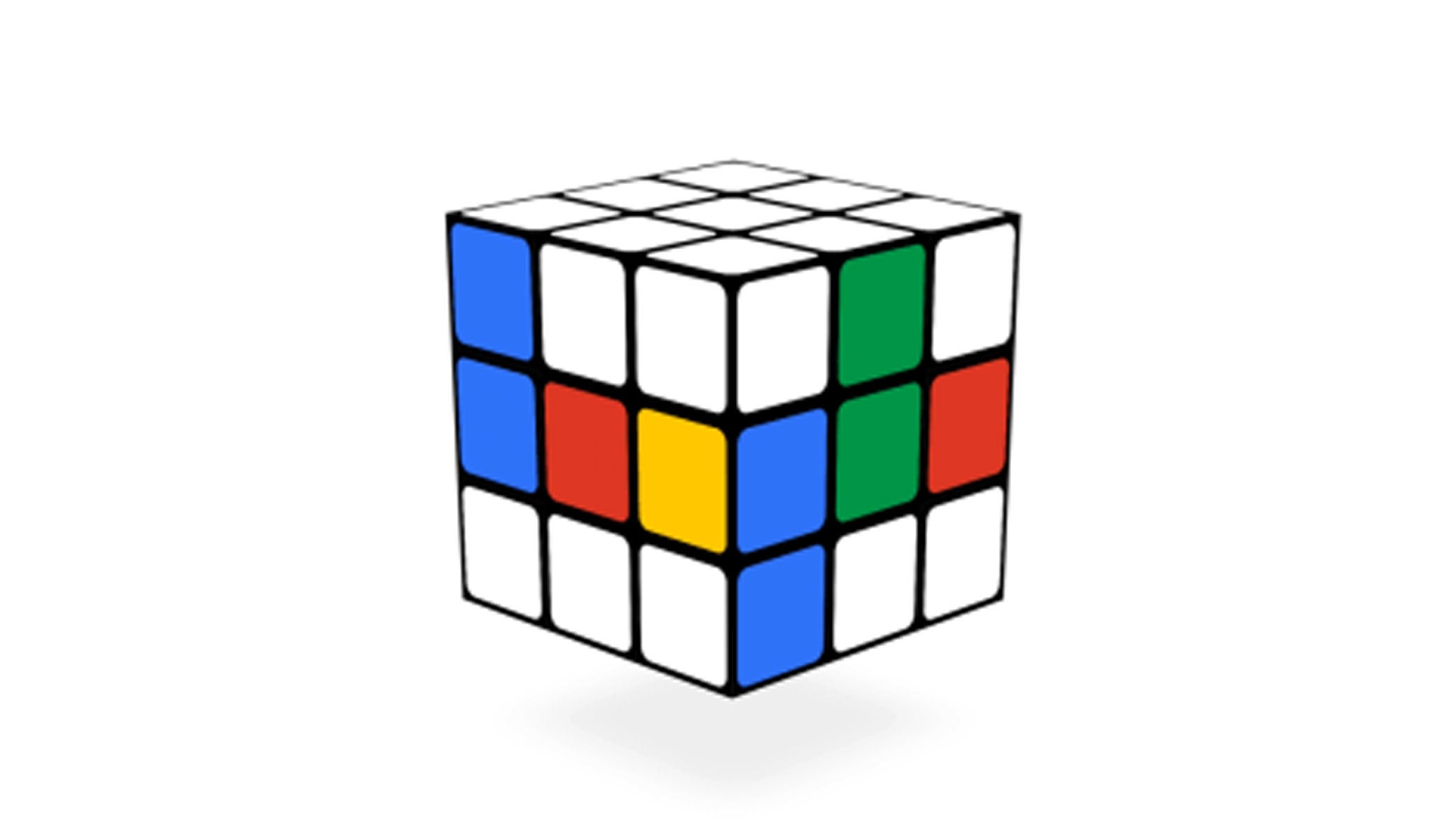Rubik's Cube invention: Google Doodle celebrates 40th anniversary of puzzle

Google has celebrated the 40th birthday of the Rubik's Cube with an animated doodle that allows you to try to solves the puzzle online.
The Rubik's Cube was invented in 1974 by Erno Rubik, a Hungarian architect, who wanted a working model to help explain three-dimensional geometry. He fashioned the first cube himself, hand-carving the 'cubelets'. It took him one month before he was able to solve the Cube for himself.
It was licensed to the Ideal Toy Corp in 1980 and, by January 2009, more than 350 million units had been sold worldwide, making it the biggest-selling toy of all time and a retro favourite for anyone who was young in the 80s.
The cube's six faces are each made up of nine stickered squares, with each row and column being independently manipulable around a central pivot, meaning that squares can be moved to different positions on the 3D cube, with the aim of the puzzle being to return the cube to its original configuration, with each face one colour: red, blue, white, green, yellow and orange.
It is very hard.
'Speedcubers' race each other to complete cubes in speeds as fast as six seconds, while every legally muddled cube is solvable in just 20 moves. There are in fact over 43 quintillion permutations of the cube - that is, unique distributions of the 54 coloured squares over the six faces.
In the Google animation, the cube is at first shown performing a simple loop, with a basic version of the company's logo showing up in coloured squares on a white cube. When you click on it, however, the cube enlarges and becomes fully coloured, and allows the user to rotate the rows and columns horizontally and vertically, and manipulate the cube as a whole, thus playing it properly.
There is even a number in the bottom left corner, showing you how many moves you have taken. Remember - however mixed up it is to start with, it is logically solvable in just 20 moves!
Video courtesy of Simon Rüger.
Subscribe to Independent Premium to bookmark this article
Want to bookmark your favourite articles and stories to read or reference later? Start your Independent Premium subscription today.

Join our commenting forum
Join thought-provoking conversations, follow other Independent readers and see their replies